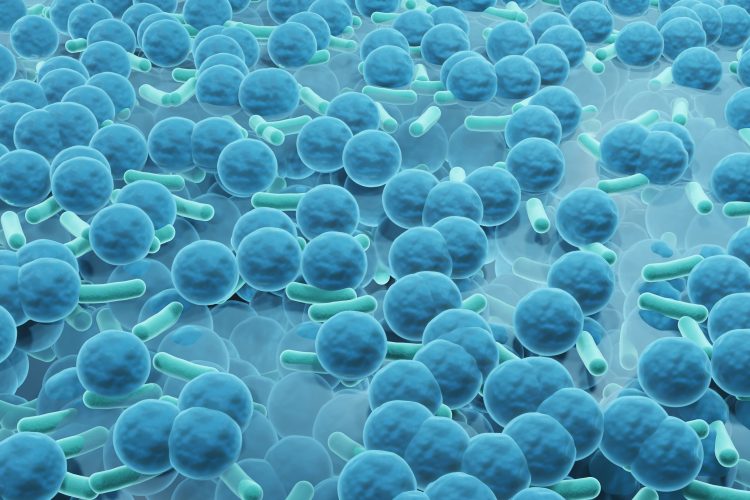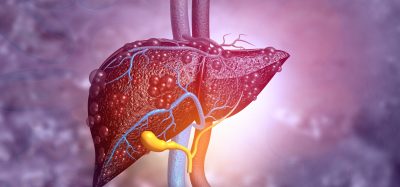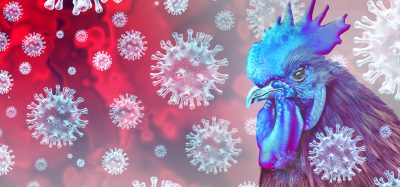Carbohydrate-based vaccine combats Staphylococcus aureus
Posted: 26 April 2024 | Drug Target Review | No comments yet
In animal studies, the new vaccine construct outperformed another PNAG-vaccine delivery system currently in human trials.


Researchers from Michigan State University, National Cancer Institute, and Harvard Medical School have developed a vaccine candidate for antibiotic-resistant bacteria, to combat the increasing prevalence of antimicrobial resistance, which is estimated by the World Health Organisation to have killed over one million people worldwide in 2019.
Dr Xuefei Huang, Michigan State University Research Foundation Professor in the departments of Chemistry and Biomedical Engineering, commented: “There are worries that at the rate things are going, in perhaps 20 or 30 years, few of our drugs will be effective at all…This would bring us back to the pre-antibiotic age.”
In the new study, the team made numerous discoveries that will aid the development of a carbohydrate-based vaccine for infections caused by some of the most prevalent causes of bacterial infection: Staphylococcus aureus and its relative methicillin-resistant Staphylococcus aureus (MRSA). Using an innovative delivery platform created by the Huang group at MSU, the team’s preclinical vaccine formulation offered high levels of immunity from lethal levels of staph and MRSA in animal trials.
Carboydrates
Although most vaccines rely on protein antigens, Dr Huang used his expertise in the chemistry and biology of carbohydrates. However, developing carbohydrates to use as antigens in vaccines presents unique challenges and advantages. Dr Huang explained: “Sugar structures are very specific to certain bacteria…A vaccine that works against one bacterium might not work at all against another, even if they’re very similar.”
This is why a single dose of a bacterial vaccine can contain many different antigens. For example, the “20” in Pfizer’s PREVNAR 20 paediatric pneumonia vaccine refers to the 20 unique strains of bacteria it protects against.
Dr Gerald Pier, study and collaborator professor of medicine at Harvard Medical School and Brigham and Women’s Hospital has studied one such antigen candidate for years: polysaccharide poly-β-(1−6)-N-acetylglucosamine (PNAG), is a carbohydrate found on the cell wall of staph, many other bacteria and even fungi. This prevalence makes it extremely useful, offering potential protection against numerous pathogens at once.
PNAG molecules can contain many amines. These amines can be acetylated or they can be free and not bound to anything else. Currently, most researchers investigating PNAG as an antigen focus on forms of the sugar that are either fully free or fully acetylated. The team hypothesised there were promising opportunities in the understudied in-between space where there is a mixture of free and acetylated amines.
Therefore, they created a library of 32 different PNAG structures, which were all pentasaccharides but differed in how they were decorated with amines and acetyl groups. By screening these 32 structures with antibody studies the team identified two PNAG combinations that were promising, so attached them to a vaccine delivery platform.
Vaccine delivery platform
The platform is based on a bacteriophage, called Qbeta. The scientists modified the bacteriophage, giving it the power to deliver antigens for carbohydrate-based pathogens. PNAG and other carbohydrates typically do not provoke strong immune responses in our bodies, but the mutant Qbeta (mQβ) aided the creation of an enhanced reaction.
When coupled with mQβ, it was discovered that the two most promising PNAG pentasaccharides offered high levels of protection in mice against staph and MRSA. Furthermore, in animal studies, the novel vaccine construct outperformed another PNAG-vaccine delivery system that is currently in human trials and had minimal impact on the biochemistry of the gut microbiome.
“Vaccines reduce the overall infection rate, which means there’s less of a need for antibiotics,” Dr Huang said. “This reduces the chance for bacteria to develop resistance, breaking the cycle.”
This study was published in Nature Communications.
Related topics
Bacteriophages, In Vivo, Vaccine development
Related conditions
MRSA
Related organisations
Harvard Medical School, Michigan State University (MSU), National Cancer Institute
Related people
Dr Gerald Pier (Harvard Medical School), Dr Xuefei Huang (MSU)







